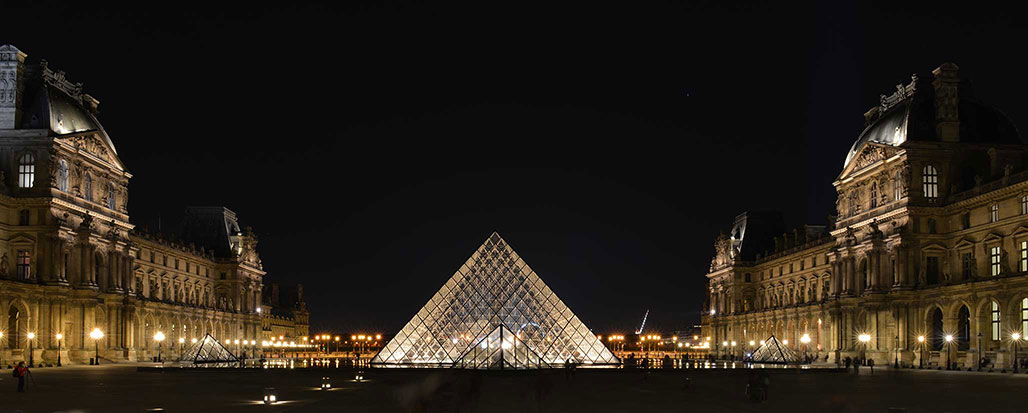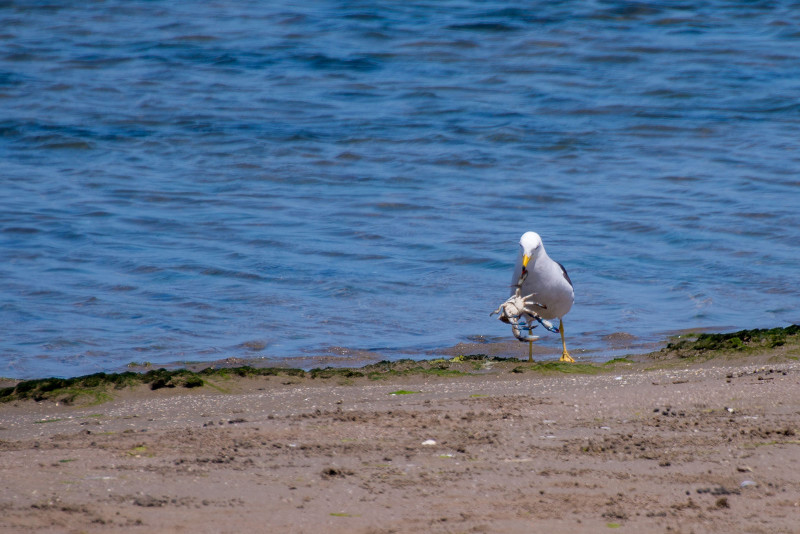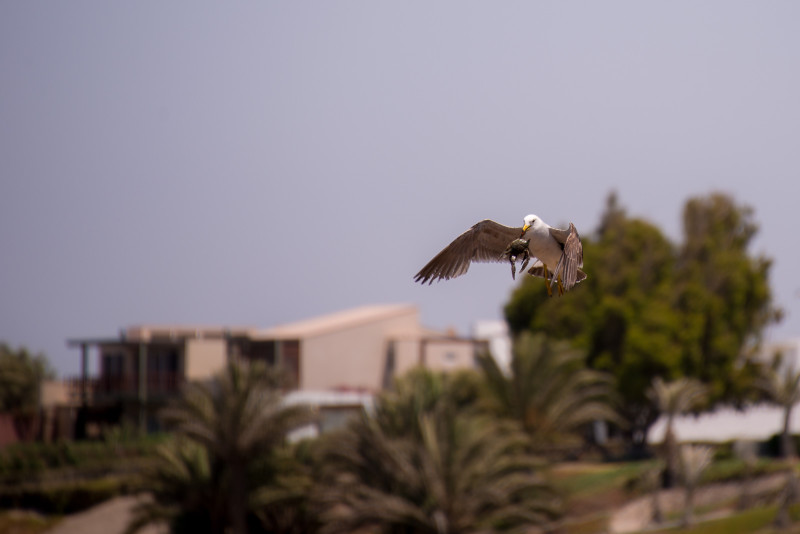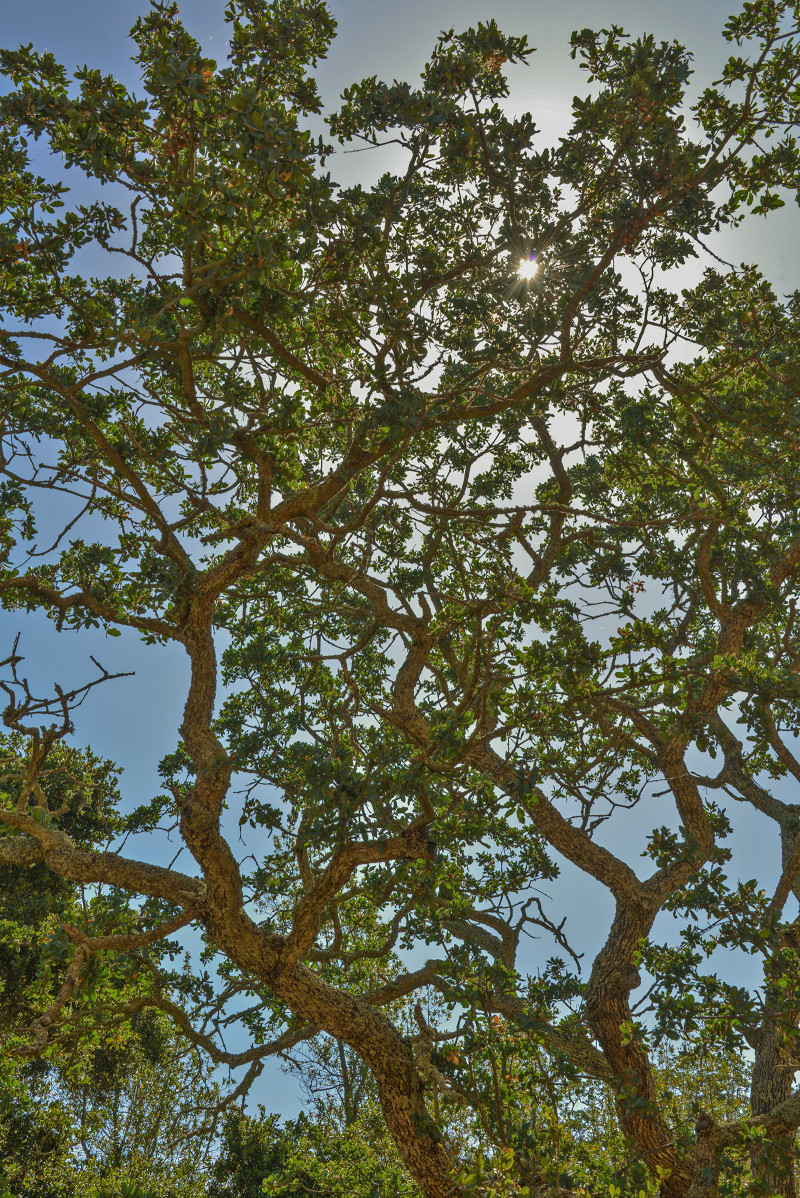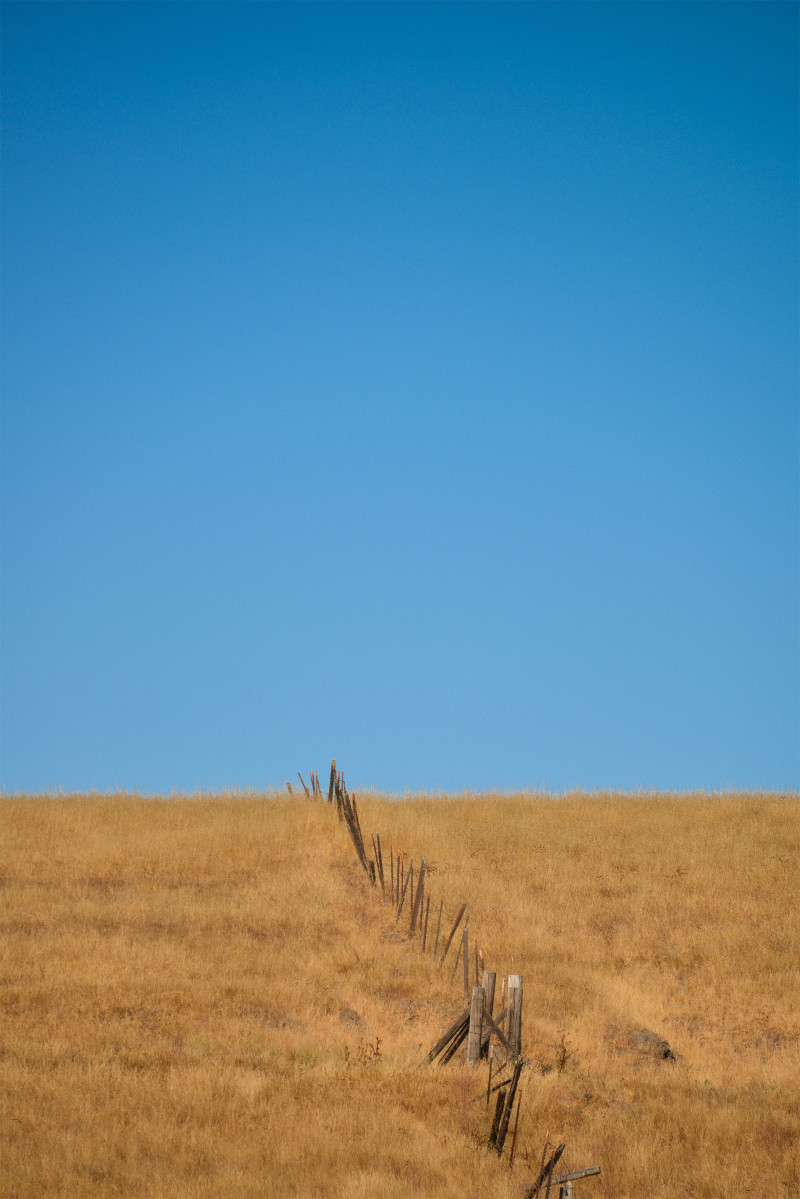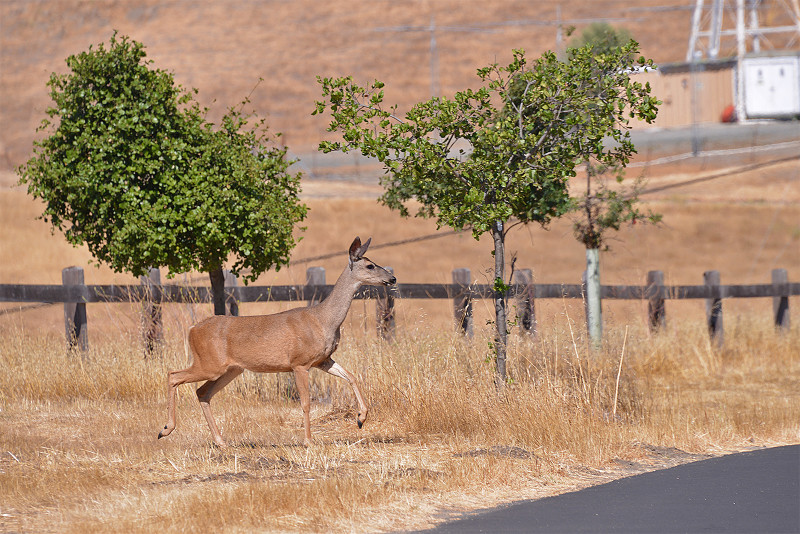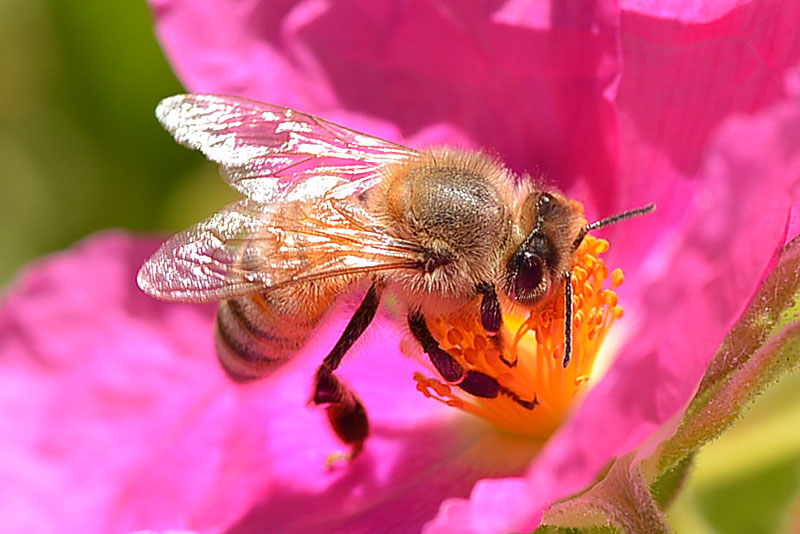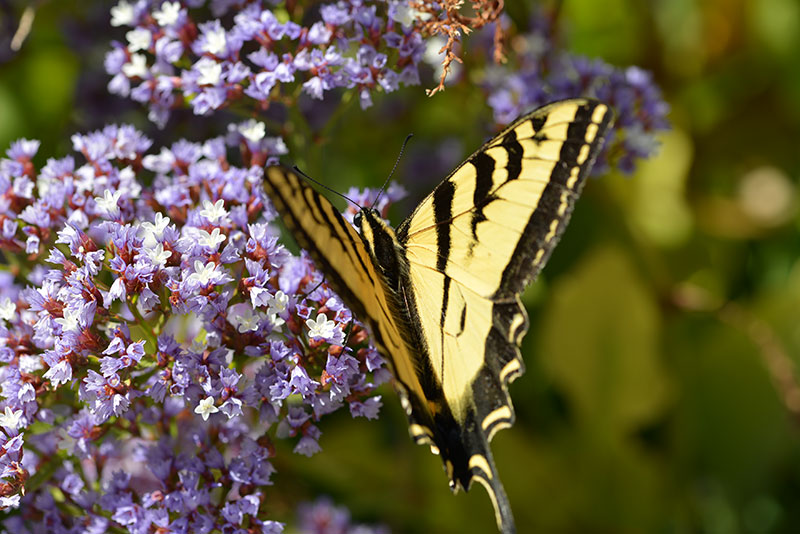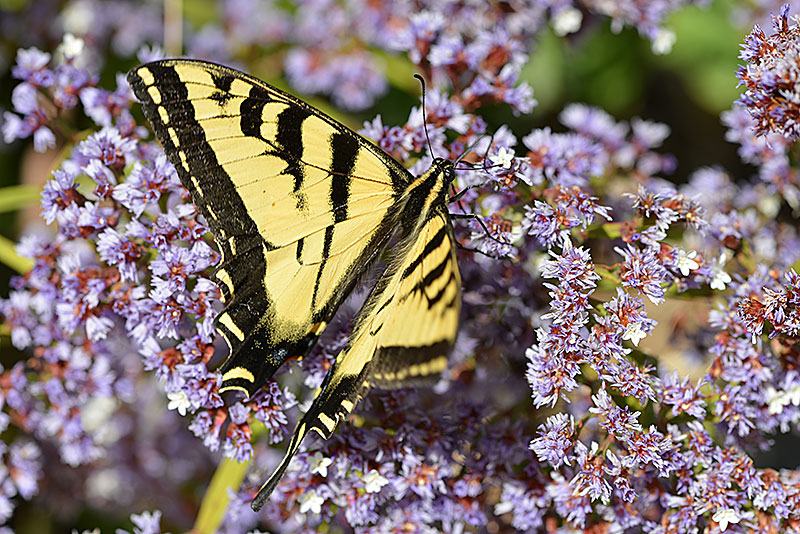Summer is a prime travel season. If you are heading out on vacation and wondering which lens to bring along, a great reference is flickr and 500px. Besides gaining inspiration from your fellow photographers, you can also study the EXIF of their photos to see what lenses and camera settings they used.
I visited the Grand Canyon 2½ years ago. If I was going again, I would take a different set of photos. But, in lieu of trekking 750+ miles, I can re-process these older photos with newer tools and improved techniques.
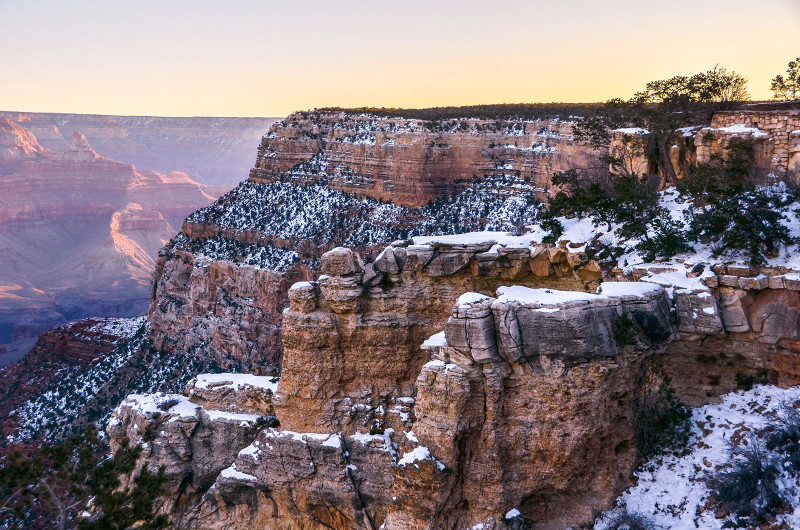
Nikon D7000, AF-S DX VR Zoom-Nikkor 18-200mm f/3.5-5.6G IF-ED, ISO 100, 35mm, -2 EV, f/5.6, 1/320s
Back then, I had a DX camera and was using the all-in-one 18-200mm lens. At the time, I was experimenting with bracketing and took three shots at 0 EV, -2 EV and 2 EV. The -2 EV preserved the sky, but underexposed the foreground. That’s fixable. However, if the sky is overexposed, there’s no way to bring back those details.
Here’s the Grand Canyon at first light. The sun has just risen and its rays are catching the top of the canyon walls. In post-processing, I brought down the exposure of the sky and increased the exposure and contrast in the shadows. At 1/60s, I was definitely using a tripod.
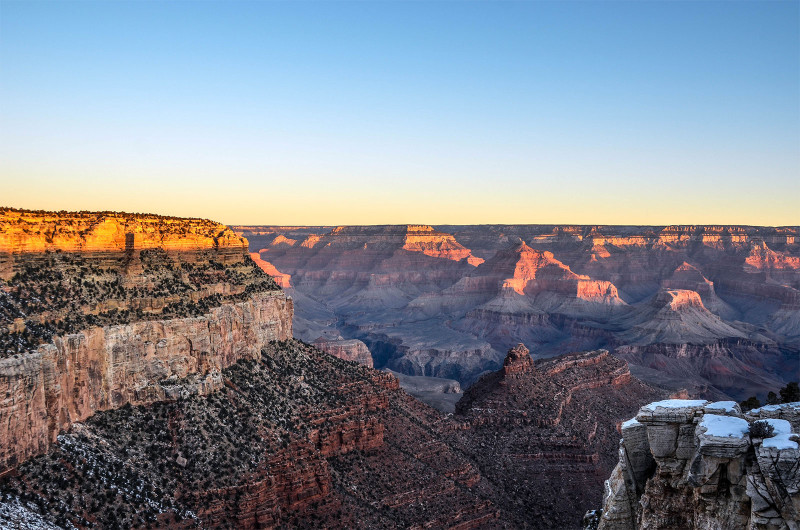
Nikon D7000, AF-S DX VR Zoom-Nikkor 18-200mm f/3.5-5.6G IF-ED, ISO 100, 20mm, 0 EV, f/5.6, 1/60s
Three photos at 35mm (FX 45mm), 20mm (FX 26mm) and 42mm (FX 55mm). That should tell you that the Grand Canyon is a wide angle location, unless you are fortunate enough to encounter some wildlife. You really need a wide angle lens to capture the vastness of the Grand Canyon as well as the differently colored strata.
Maricopa Point along the Hermits Rest Route
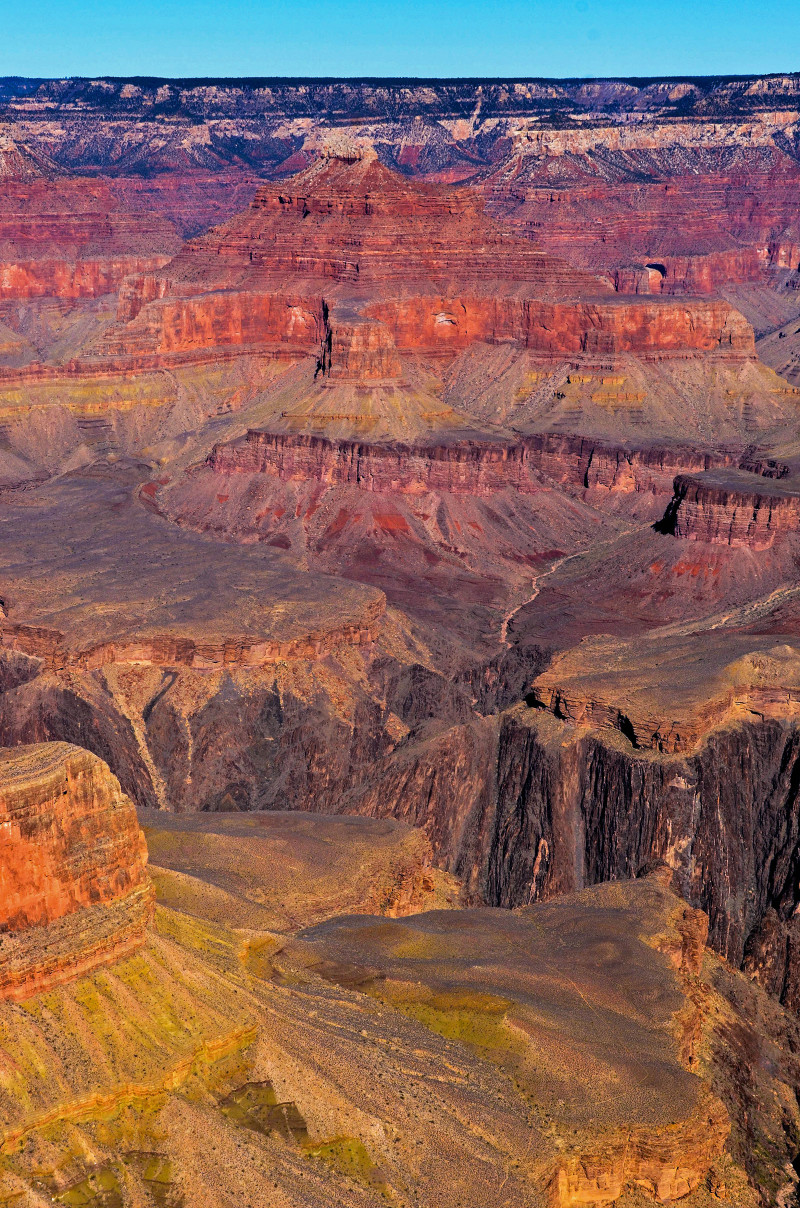
Nikon D7000, AF-S DX VR Zoom-Nikkor 18-200mm f/3.5-5.6G IF-ED, ISO 400, 42mm, 0 EV, f/13, 1/640s
From Desert View, we headed back to our base at Kachina Lodge. Unlike summer, sunset in winter comes early. So, we took photos at a number of lookouts along the way. At 4:25 PM, the sun was already setting, which brought out the brilliant bands of colors. When taking photos at sunset, don’t just focus on the sun dropping below the horizon, but also observe the colors of the sky.
At this point, the temperature was dropping fast and the wind had picked up considerably. You don’t take sunset photos at ISO 100 for 1/30s in windy conditions without a tripod.

Nikon D7000, AF-S DX VR Zoom-Nikkor 18-200mm f/3.5-5.6G IF-ED, ISO 100, 28mm, 0 EV, f/4, 1/30s
These two photos are pretty similar. One was taken at 28mm (FX 36mm) and the other at 75mm (FX 97mm). The top photo really shows the Desert View Watchtower as a lone beacon in its vast surroundings. The bottom photo really focuses on the Desert View Watchtower. The -2 EV was accidental. I forgot to reset the camera after I had bracketed some earlier shots.

Nikon D7000, AF-S DX VR Zoom-Nikkor 18-200mm f/3.5-5.6G IF-ED, ISO 100, 75mm, -2 EV, f/5, 1/40s
This is what I mean by wildlife. We spotted this deer chewing on the bark. I only had the Fuji FinePix X100 with a fixed lens at the moment. At 23 mm, I had to crop out a lot of the photo, but that’s the camera/lens I had with me.
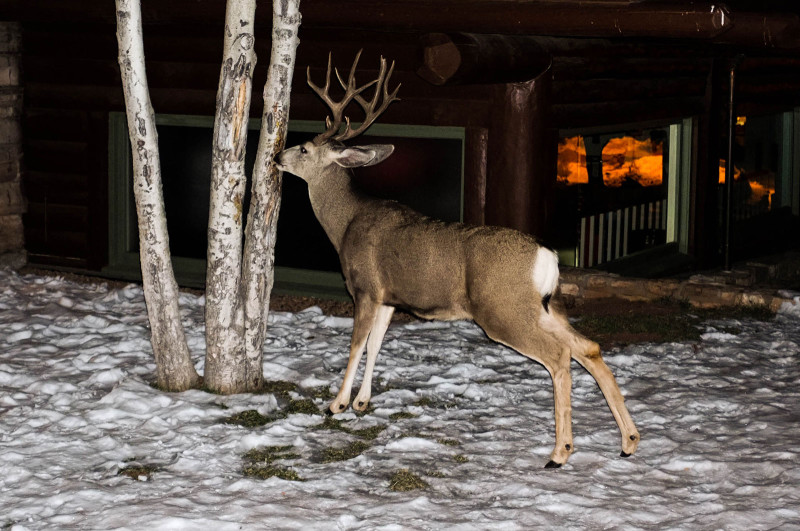
Fuji FinePix X100, ISO 800, 23mm, -0.3 EV, f/2, 1/30s
The bottom line is that the DX 18-200mm or an FX 28-300mm would be absolutely fine lenses to use at the Grand Canyon. The bonus is not having to switch lenses in a dusty environment. However, you will not use the tele portion of the lens as much, if at all. If you decide to take sunrise, sunset or star photos, you may have to bump up the ISO unless you have a tripod with you.


